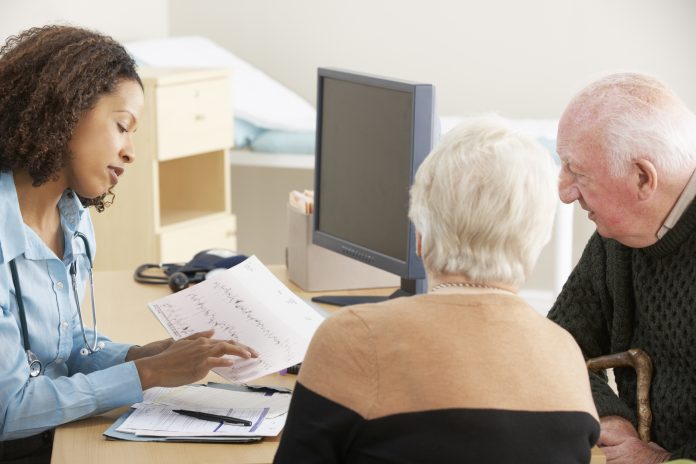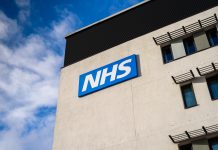Paul Bensley, managing director, X-on, discusses why data on patient access is key to improving general practice as we move forward following the last year
General practice does not currently appear to be in a good place, and the challenges are not just as a result of the upheaval in delivery of primary care from the last eighteen months’ pandemic. Fundamental issues for effective patient support were clearly problematic way before COVID-19 took hold, according to the recent Royal College of General Practitioners’ (RCGP) report “General practice in crisis: An action plan for recovery”.
The College’s five-point action plan to save “crisis-torn” general practice is a stark read, outlining the immediate need to address recruitment, workload, resourcing, infrastructure and digital technology, and provide GPs with a proper voice in defining local care strategies. That is effectively every key aspect of a GP’s working experience being cited by the College as needing emergency recalibrating.
What about the patient?
Patient communications have been one of the leading talking points over recent months – whether it is debating a return to face-to-face appointments versus those conducted on the phone or virtually, or practices responding to the influx in patient demand for appointments, face to face or otherwise. There has been a mixed picture on both accounts, influenced by an individual practice’s access to technology to communicate with patients and whether that has eased the burden or not. Alarmingly, aside from highlighting that at least a third of GP premises are not fit for purpose, the RCGP also states that practice teams do not have the adequate digital tools to deliver high-quality patient care.
Patient demand in primary care is soaring. Data we recently collected comparing March 2021 with March 2020 at X-on serviced practices, 835 in total across England and Wales, showed that inbound calls to practices were up 53%. Of this influx, however, there was a 162% increase in calls that were missed, meaning patients who had waited in the queue for their GP and gave up before being answered. This is an experience cited by patients generally as one of the most frustrating when contacting their local practice. The worst performing practices failed to answer more than three times as many calls as during March the previous year. This includes ignoring repeat callers for which there is a 102% increase on average, so a doubling in the number of patients who failed to get through – around 25% of the total who have made the attempt. Overall, this must be an unacceptable position for modern general practice delivery?
To address the significant patient demand for a GP appointment experienced by practices frequently not resourced to cope, we developed a “queue buster” function giving patients the option to retain their place in the queue and receive a call back rather than waiting on the line. In March this year, 86% of patients (281,000) at 363 GP practices offering this feature accepted the offer of a callback. In total, this saved patients 141,600 hours in queue time – a sign that patients will jump at this opportunity if it is available to them.
On a regional level, there are regular examples of practices that are struggling to cope with patient demand. At Ipswich’s largest surgery where there are an estimated 30,000 patients on the books, a reported influx of 500 new patients from now-closed Barham and Claydon surgery means five full-time GPs are responsible for almost 6,000 patients each. The surge had led to more staff being appointed to help answer phone calls, though patients still reported that they were unable to get through. In a similar vein, practices in Stoke-on-Trent and Staffordshire reported that they were receiving an extra 100,000 calls a week compared to pre-pandemic and were again trying to recruit more call-handlers to meet demand.
These stats are an insight into the problem areas for some practices in England and Wales but of course, it is not data that speaks for the whole of the NHS and it also only provides a view of one aspect of the GP and patient experience within a practice. For the accurate measurement and comparison of primary care in general, there needs to be comprehensive data capture centrally within the NHS, particularly when GP leaders are calling for fundamental action to save general practice. This won’t just inform practices so that they can better procure to target their individual pain points but will also provide a level of transparency into geographical inequalities. The suspicion is that there is some way to go yet before a proper central and coordinated system is established for capturing data on patients’ access to their local practice. At X-on, we are more than happy to help – to date we’ve had various approaches from NHSX, as well as clinical commissioning groups and also commissioning support units.
In a recent primary care panel I took part in, there was one view across all health tech providers present regardless of their particular remit – we all value sharing data. We believe it strengthens our ability to interoperate and better develop technology that GPs need and want. If modern general practice is to be reshaped then proper, centrally collated data highlighting the problem areas for countless patients just getting basic access to their practice is vital for that process.











